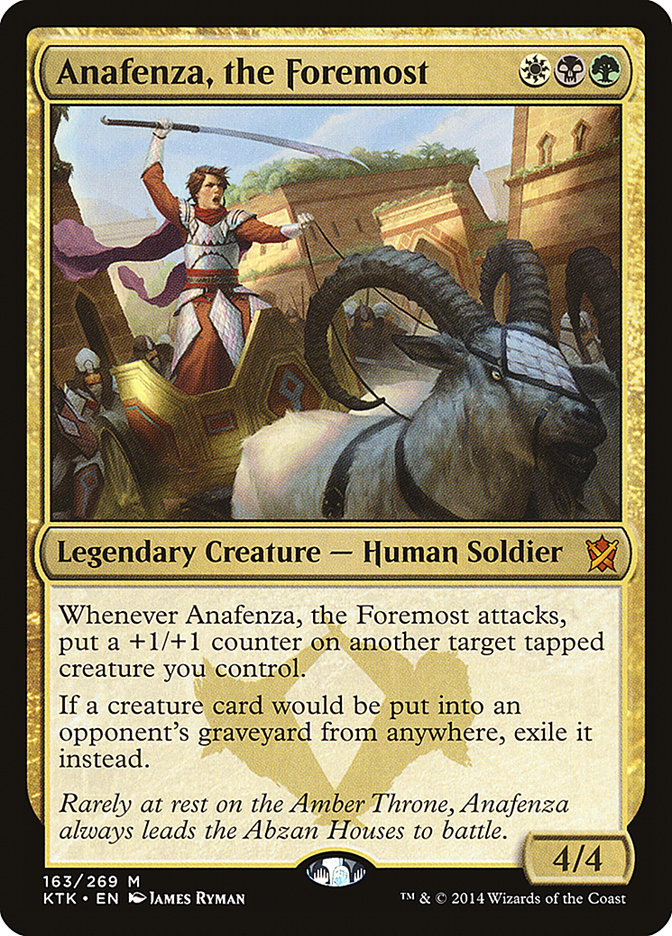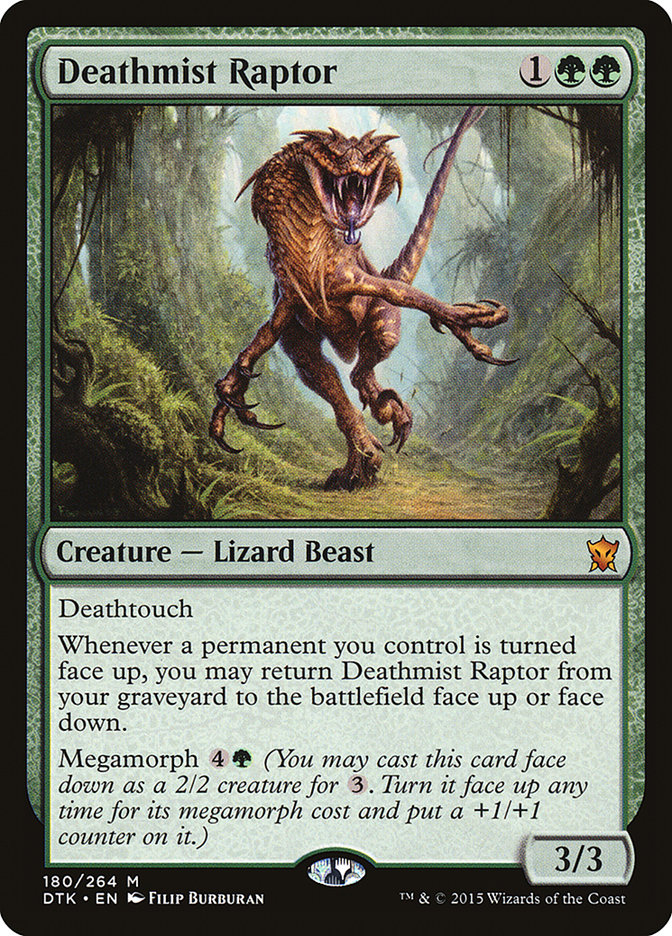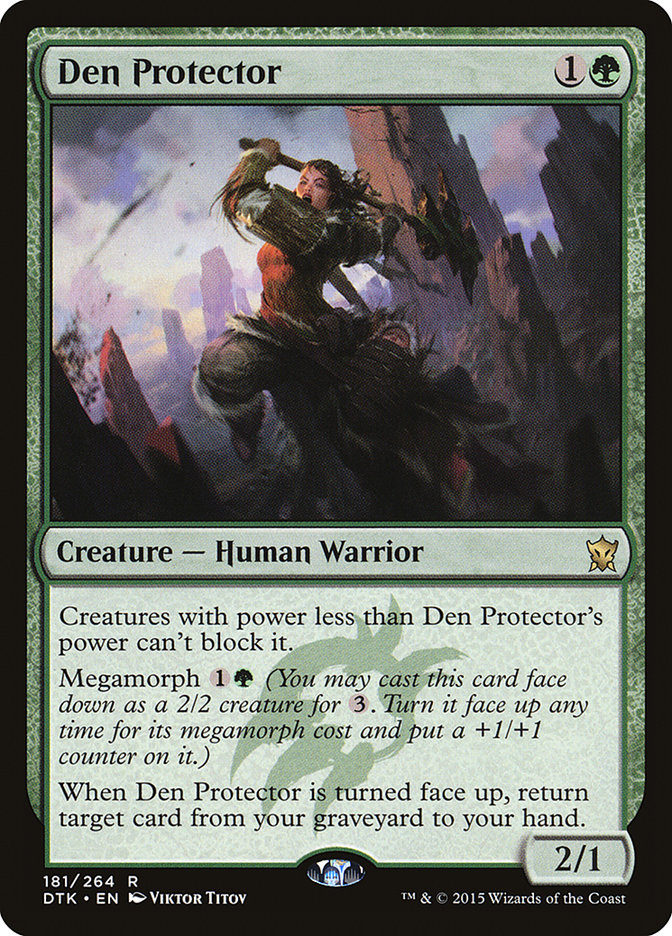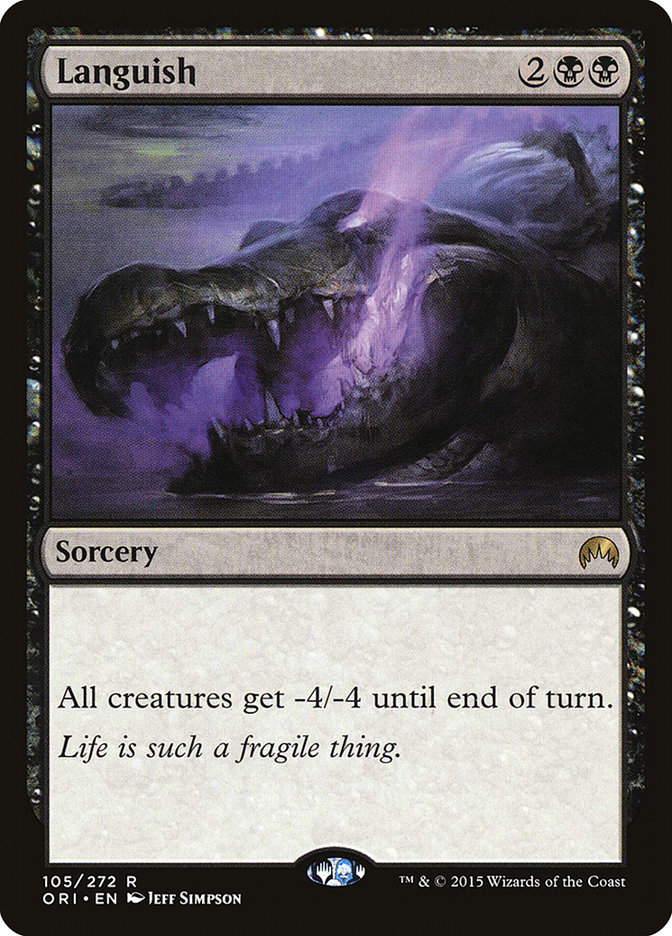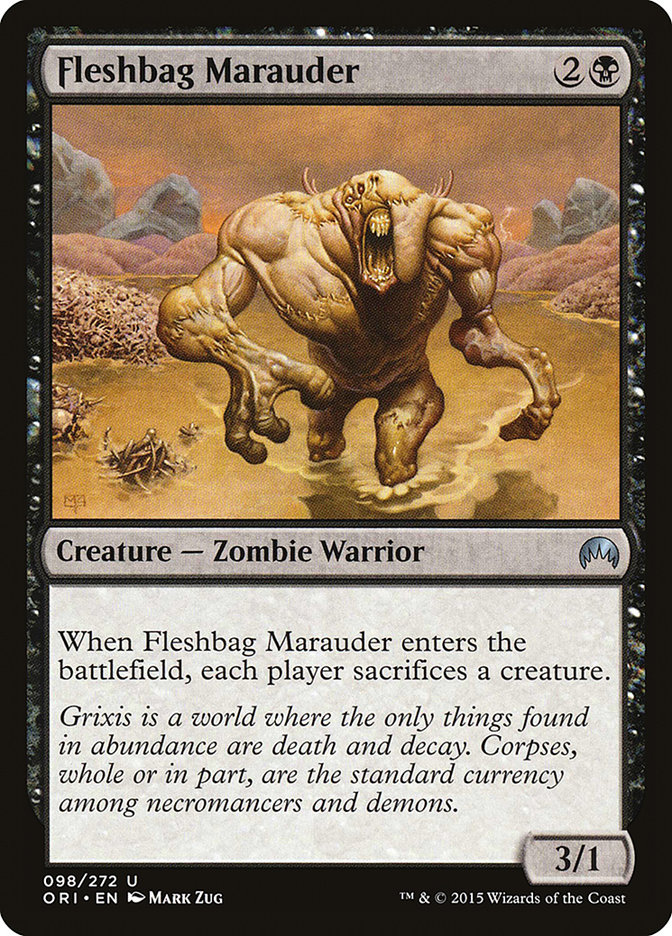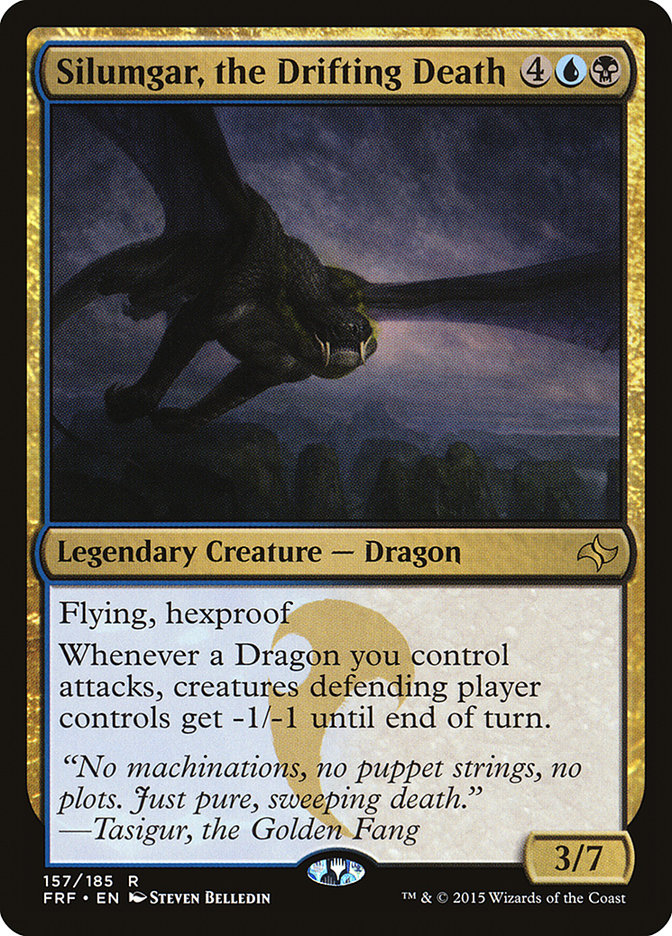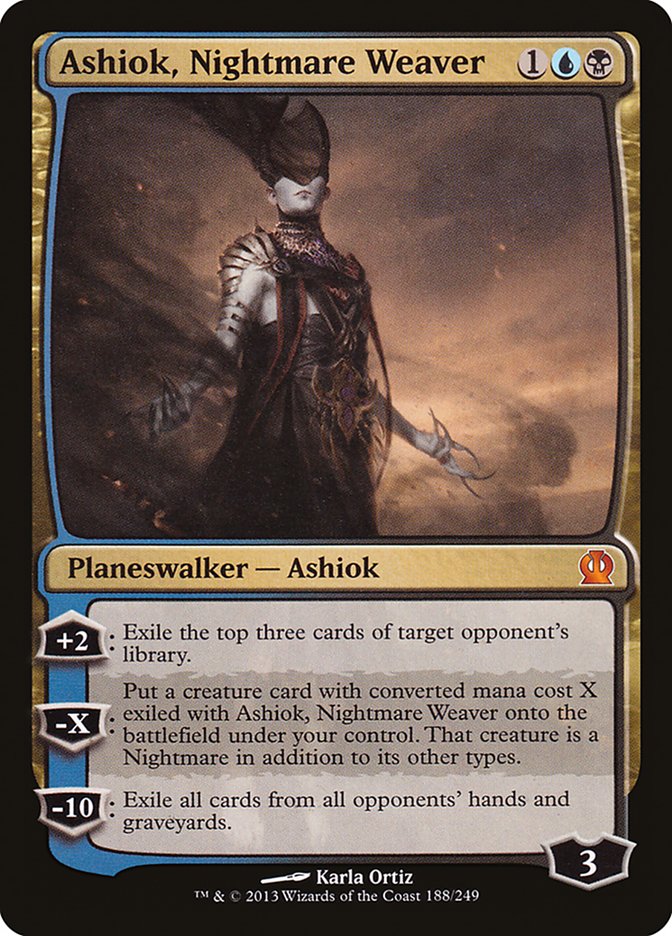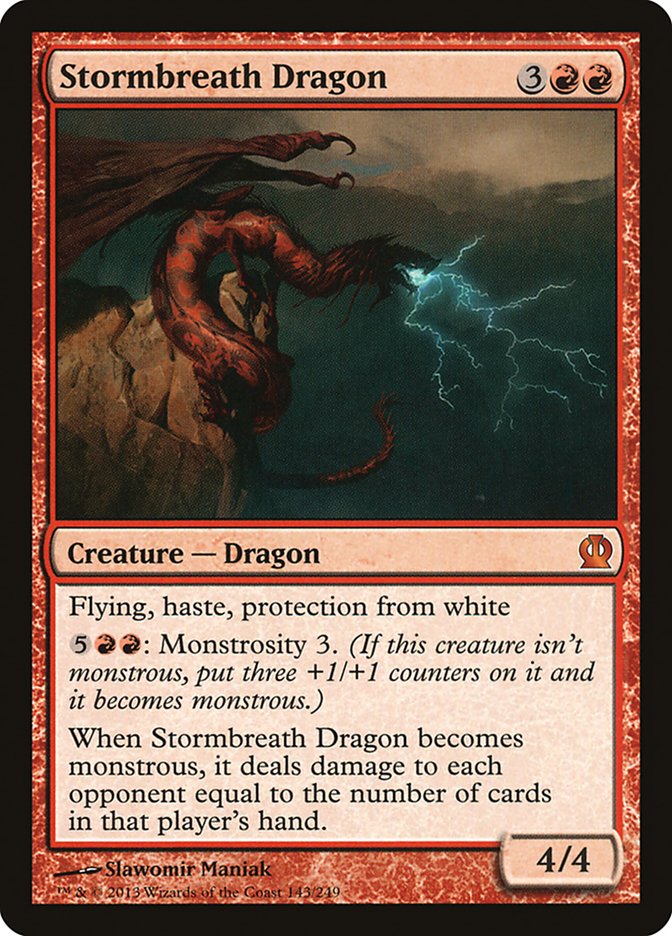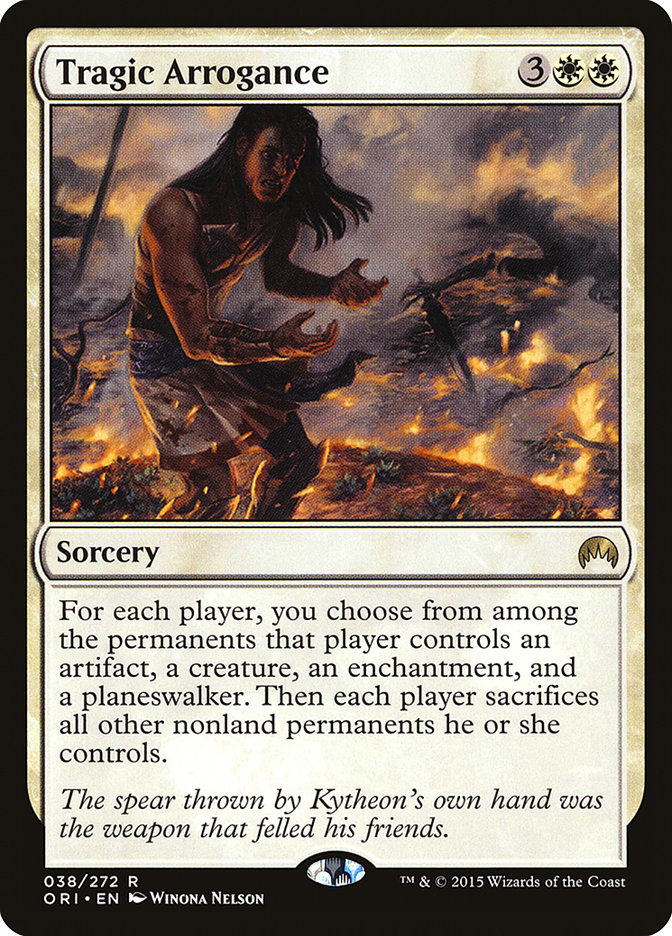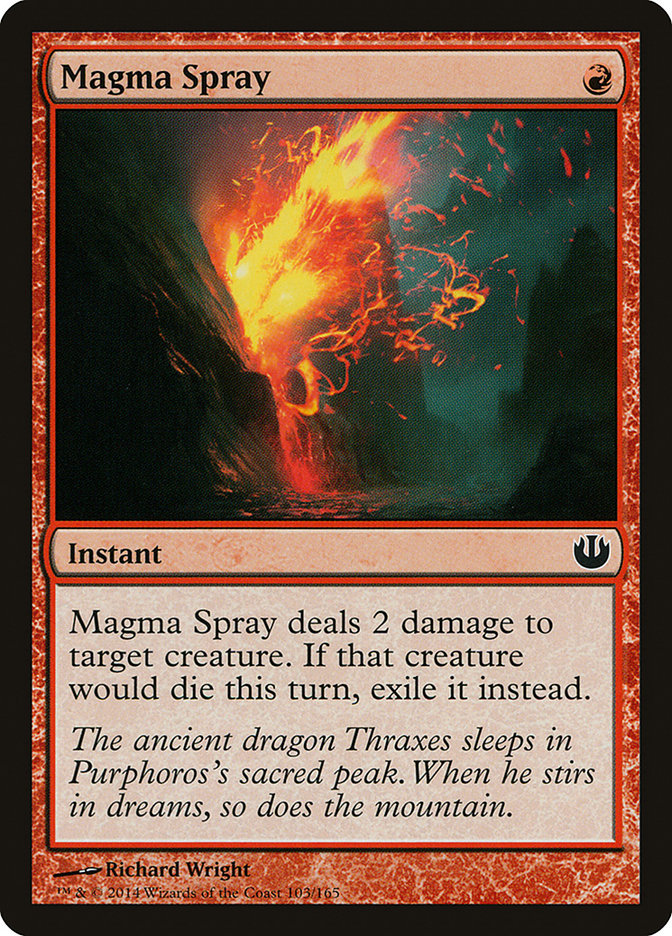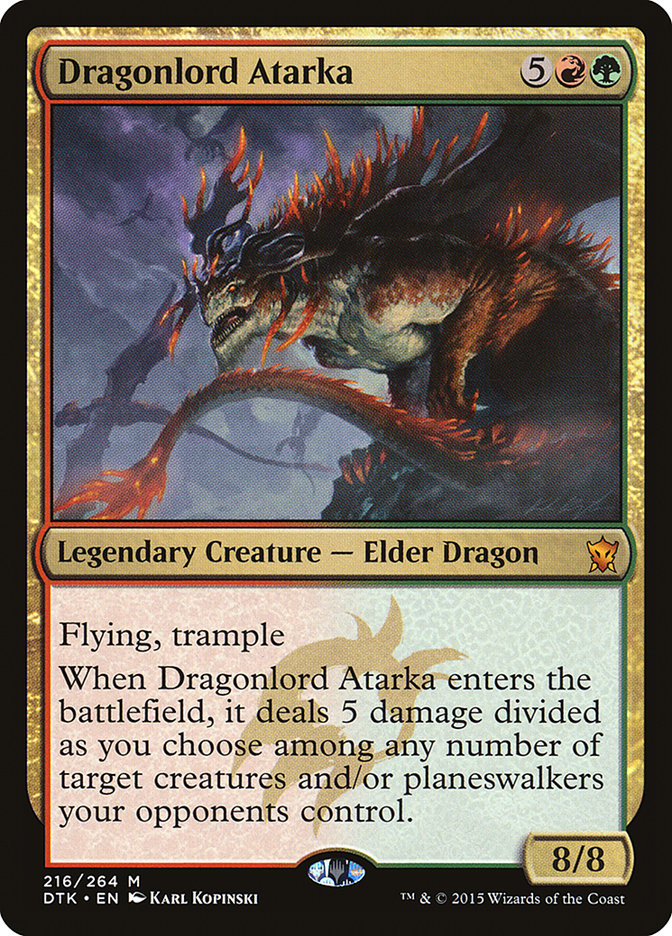
The Season Three Invitational is fast approaching, and Standard is in absolute shambles. Every week a new deck, usually playing four Hangarback Walkers, comes to the forefront and makes last week’s decks seem completely obsolete.
But while it seems like new decks like Hangarback Abzan are unbeatable and have made the prior week’s decks unplayable, Magic is much more cyclical than that. Formats are very self-correcting, and once you’ve gone down the cycle a bit you often find yourself back at the beginning. A factor that may have obsoleted a deck may no longer be a factor anymore, and sometimes it turns out that an “old” deck from a month ago is actually the perfect foil to today’s format.
Today we are going to look at three decks that were once the format’s best but have fallen by the wayside, why they fell, and why they may rise again.
Creatures (5)
Planeswalkers (4)
Lands (27)
Spells (24)

At the dawn of Dragons of Tarkir Standard, Esper Dragons was considered “the new Caw-Blade,” “unbeatable,” and the undisputed “king of the format.” For a few weeks nobody could figure out how to beat it, and it destroyed event after event. The look of dejection as someone watched his or her Esper Dragons opponent untap with Dragonlord Ojutai on the battlefield, counter a Hero’s Downfall, and resolve the damage trigger was a very common sight. Now such a sight has become a rarity.
Why It Left Us
Aside from the Dragonlords, Dragons of Tarkir also gave us one of the most infamous duos in Standard:
Without a great answer to Deathmist Raptor and the grinding power that Den Protector gave Abzan and other decks, Esper Dragons slowly faded into the background.
With Magic Origins came Languish and Fleshbag Marauder, and Dragonlord Ojutai felt less and less unstoppable with each passing day. Most Standard decks were presenting very fast threats, and trying to keep up with Zurgo Bellstriker, Mantis Rider, Ensoul Artifact, and Jace, Vyrn’s Prodigy along with the usual Den Protector fare was difficult.
Why It Can Rise Again
Esper Dragons seems very well-positioned at the moment, for three major reasons:
The first two are Silumgar, the Drifting Death and the third is Ashiok, Nightmare Weaver.
Silumgar seems like he is the perfect answer to a format dominated by Hangarback Walkers. Not only does he provide a never-ending answer to Hangarback Walker’s friends, but thanks to Hangarback Walker’s prevalence most Diabolic Edict effects are completely absent from Standard. Silumgar also works excellently alongside Languish to deal with Siege Rhinos and Tasigur, the Golden Fang.
Another card that has always been a thorn in Abzan’s side is Ashiok, Nightmare Weaver. Not only is Ashiok a fantastic way to make Abzan’s undercosted creatures work against them, but most Abzan decks are skimping on their copies of Hero’s Downfall to make room for Dromoka’s Command and Abzan Charm, making it even more likely that Ashiok can just run away with the game.
Esper Dragons also makes great use of the usual control goodies and as long as Deathmist Raptor stays quiet, Dragonlord Ojutai seems poised for a comeback.
Creatures (19)
- 4 Eidolon of the Great Revel
- 2 Goblin Rabblemaster
- 4 Monastery Swiftspear
- 2 Lightning Berserker
- 3 Zurgo Bellstriker
- 4 Abbot of Keral Keep
Lands (21)
- 21 Mountain
Spells (20)

Oh look, it’s the deck that won the last two Pro Tours, and we haven’t heard a thing about it in the last few weeks. People are quick to forget… that is, of course, until they are on the draw and laying a Temple of Malady against a Zurgo Bellstriker into Eidolon of the Great Revel opening.
Why It Left Us
The easiest answer is that people began to respect it.
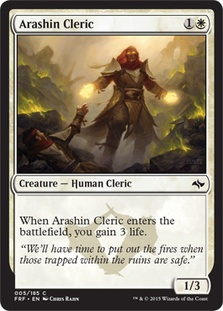
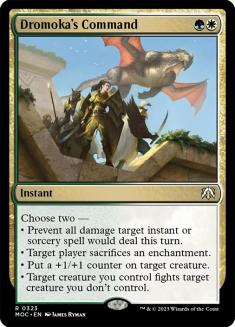
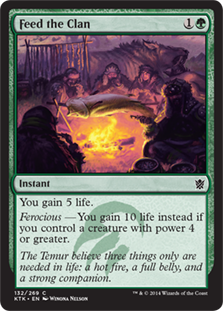
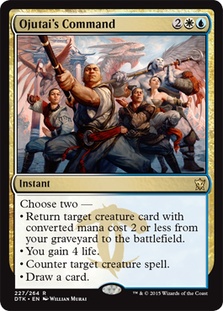
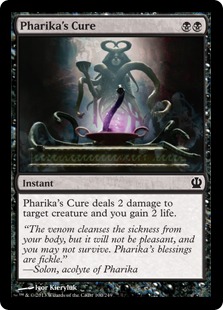
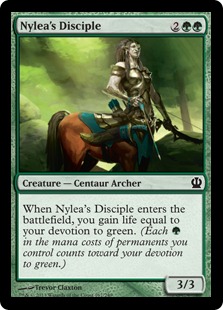
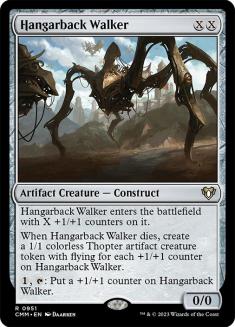
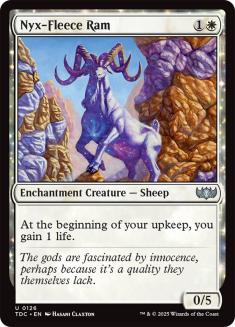
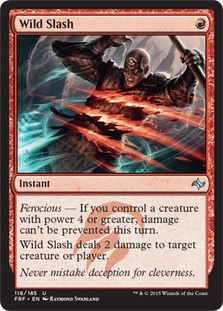
At Pro Tour Magic Origins the deck took many people by surprise. The additions of Abbot of Keral Keep and Exquisite Firecraft pushed an already-reasonable deck well over the top and also took the deck in a slightly different direction. Most people relied on cards like Drown in Sorrow as their Mono-Red hate, but without Dragon Fodder, Goblin Rabblemaster, and Hordeling Outburst being the focus of the deck, Drown in Sorrow lost much of its luster.
After Pro Tour Magic Origins, people were much more prepared for the deck. Cards like Feed the Clans, Arashin Cleric, and Nylea’s Disiple were added to sideboards, helping to attack the deck properly along the axis it was exploiting. Maindecks also shifted as mana curves got lower and cards like Hangarback Walker, Wild Slash, Dromoka’s Command, and Ojutai’s Command became much more commonplace. Not all of these shifts were direct reactions to Mono-Red, but they all had an effect on the deck’s viability.
Why It Can Rise Again
Mono-Red Aggro is stupid good. If people want to beat it they will, but there is no denying the power level of the deck. It is fast, consistent, and a brutal measuring stick for decks without much of a plan.
The question is, can it handle the fact that most decks in the format are playing Hangarback Walker and are fairly proactive? How good will Searing Blood and Eidolon of the Great Revel be? Will decks still have good answers in their sideboards?
If sideboard hate is down and both Searing Blood and Eidolon of the Great Revel are looking well-positioned, don’t be surprised to see Zurgo Bellstriker in the Top Eight of the Season Three Invitational.
Creatures (30)
- 4 Elvish Mystic
- 3 Polukranos, World Eater
- 4 Sylvan Caryatid
- 4 Genesis Hydra
- 4 Rattleclaw Mystic
- 4 Whisperwood Elemental
- 3 Shaman of Forgotten Ways
- 4 Dragonlord Atarka
Planeswalkers (3)
Lands (24)
Spells (3)

It’s incredible how fast this Standard format has moved. Before Pro Tour Magic Origins, G/R Devotion was far and away the best deck in Standard. Nobody could beat it, and it powered its way to many top finishes in a short amount of time. After Pro Tour Magic Origins? The consensus is that the deck is fine, but nobody wants to play it.
Why It Left Us
Honestly? I’m not really sure.
The format certainly caught up to it a bit as cards like Mantis Rider, Stormbreath Dragon, and Ensoul Artifact are all very good against the deck, but the biggest factor seems like it was the proliferation of Tragic Arrogance as a sideboard – and occasionally maindeck – card.
Aside from a pretty heavy density of Wild Slashes, Magma Spray has also picked up steam as a maindeck card, and any tempo-positive play that can take out a mana creature from G/R Devotion is a pretty big deal.
Why It Can Rise Again
I mean, have you seen this card?
The power level of G/R Devotion is extremely high, and simply casting Dragonlord Atarka on turn four or five of every game is going to win you a lot of games. Even aside from Dragonlord Atarka, G/R Devotion features a ton of very powerful threats like Genesis Hydra, Whisperwood Elemental, and Xenagos, the Reveler. I don’t really care what you are playing, it is tough to beat a Whisperwood Elemental on turn three.
This resurgence of Abzan Aggro and the prevalence of Hangarback Walker also bode fairly well for G/R Devotion.
Abzan decks have always proved to be pretty good matchups for G/R Devotion, as Siege Rhino is small ball compared to Dragonlord Atarka and friends. G/R Devotion is capable of going way over the top of Abzan decks, and can present threat after threat in a way that Abzan struggles to overcome.
Hangarback Walker, while a great card, is also not very effective against G/R Devotion. Like Siege Rhino and many of the cards in Abzan, Hangarback Walker is a grindy card designed to slowly drain your opponent of their resources while you take over the game. Hangarback Walker is resistant to removal, and given enough time will overwhelm most opponents.
G/R Devotion has almost no removal and is not a deck known for giving opponents a lot of time.
Some Will Rise, Some Will Fall
Many times people get hellbent on trying to find the new answer for a format. They craft wild brews, trying to answer every possible aspect of the format. However, trying to build a house from nothing is a lot more difficult than making subtle changes to a preexisting foundation.
Very successful decks were very successful decks for a reason, and a lot of time the answers to a format lie in very obvious places. You’ve just got to know where, and more importantly why, to look.



